TERPENE FAQ: WHAT ARE TERPENES, WHAT THEY DO, AND MORE
The medical cannabis landscape can be an intimidating one. Never before have we had so many options when it comes to choosing how we medicate. And terpenes may hold the key to understanding those options. In this post, we’ll answer several common terpene-related questions.
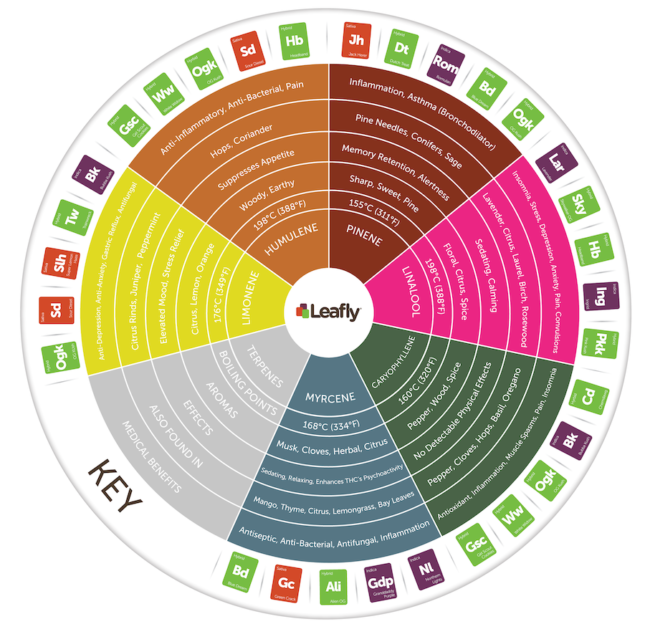
What Are Terpenes?
The first year I participated in the Maryland Medical Cannabis Program, I was completely lost when it came to finding the correct strains to properly treat my conditions. The traditional way of thinking about “strains,” in terms of sativa and indica, is now considered outdated, as the majority of the strains on the market are bred to be hybrids. So, in order to find the products and strains that may be the most beneficial, it’s imperative we begin to understand the emerging science behind terpenes.
This is where we begin to highlight the importance of terpenes in the overall user experience. What are “Terpenes?” Terpenes are the organic compounds typically secreted in the same glands that produce cannabinoids such as THC and CBD, and allow each strain to possess its own unique flavors and scents.
Dr. Ethan Russo, Director of Research and Development for the International Cannabis and Cannabinoids Institute (ICCI), has devoted his career to studying the science of medical cannabis and has been one of the leading researchers in documenting the importance of terpenes. Dr. Russo has found that terpenes work together with cannabinoids to achieve specific effects.
Understanding terpenes is now seen as a more accurate way to gauge the potential overall experience rather than relying simply on a genetic profile. Dr. Ethan Russo has theorized that we may begin to see the benefits from most terpenes that are present in cannabis at levels beyond .05%. Terpene profiles can vary greatly within the same strain, from grow to grow and even batch to batch. Further research is needed to fully understand how all of the substances found in the cannabis resin interact in the body to produce the patient experience.
You may already be familiar with terpenes because you have likely experienced them all your life. Simply put, terpenes carry aroma and flavor. They’re what gives an orange its citrusy smell, or pine trees their unique aroma. They are even responsible for the relaxing effects in lavender.
The development of terpenes in cannabis began for defensive and adaptive purposes: to repel predators and lure pollinators. There are many factors that influence a plant’s development of terpenes, including climate, weather, age, fertilizers, soil type, and even the time of day.
WHAT IS TERPENE INFUSED?
You may consider any product that contains terpenes “terpene-infused.” That includes vape oil cartridges made from THC or CBD distillate and pure terpene oils.
HOW MANY TERPENES ARE THERE?
To date, scientists have discovered about 55,000 different terpenes in nature. However, there are likely many more yet-undiscovered terpenes.
WHAT ARE TERPENES IN WEED?
There have been over 100 different terpenes identified in the cannabis plant, and every strain possesses its own unique terpene profile and composition. For example, a strain like Cheese and its descendants may have a distinctive cheese-like smell, and Blueberry cultivars often exhibit the smell of berries.
Some terpenes might promote relaxation and stress-relief, while others potentially promote focus and acuity. Myrcene, for example, is found in many relaxing cannabis strains like Blue Dream and Granddaddy Purple. Terpinolene is commonly found in uplifting, active strains.
The differences in terpenes can be subtle, but they can add great depth to the horticultural art and connoisseurship of cannabis. Terpenes may also add therapeutic value to cannabis, based on their unique medicinal properties.
WHAT ARE THE MAJOR TERPENES FOUND IN CANNABIS?
The most abundant naturally-occurring terpenes in cannabis include Myrcene, Pinene, Limonene, Caryophyllene, Linalool, and Terpinolene.
MYRCENE
Myrcene, which can also be found in mangoes, is the most abundant terpene found in cannabis plants. In fact, it’s not uncommon for Myrcene to represent as much as 65% of the overall terpene profile. It has been postulated that the presence of Myrcene determines whether a specific strain has more sedative traits.
Some of the strains found in Maryland that are high in Myrcene include:
- Ray Charles
- Yuck Mouth
- OG Story
- Afternoon Delight
- Motor Breath
- Fruit Cake
- Garlic Cookies
PINENE
Pinene is found most abundantly in the pine tree and gives pine needles its distinctive smell. Found in two varieties, alpha, which is responsible for that wonderful pine aroma, and beta, which has a scent like rosemary, dill, or parsley. Pinene has been used for centuries in herbal medicines.
Pinene can often be found abundantly in the following strains found in Maryland:
- Poochie Love
- Texas Shoreline
- Blue Dream
- Phantom Cookies
- Ghost OG
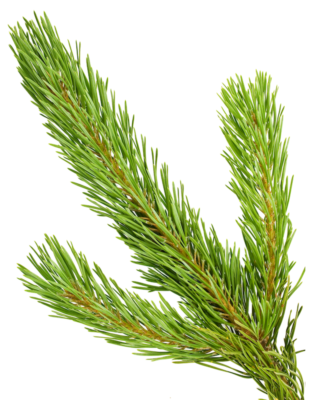
LIMONENE
As you may have inferred from its name, limonene can be found in most citrus fruits and provides a sharp, sweet, and fruity aroma.
A few of the strains found in Maryland in which Limonene is often prevalent include:
- Purple Punch
- Motor Breath
- Garlic Cookies
- Sunshine #4
- Mimosa
- G6 “Jet Fuel”
- Tahoe Alien
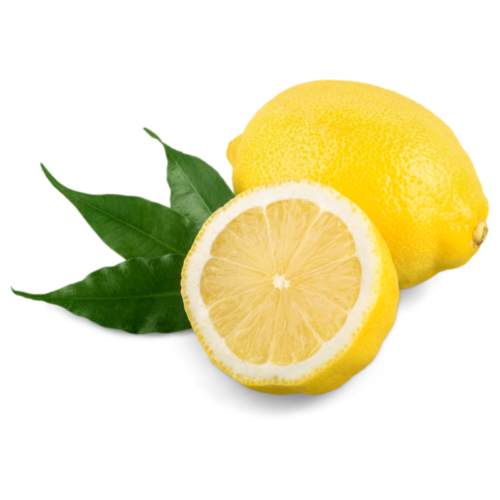
CARYOPHYLLENE
Caryophyllenene, which has a spicy, woody, peppery scent, can also be found in black pepper and cinnamon, for example. Caryophyllene is the only terpene to interact with cannabinoid receptors, making it more akin to a cannabinoid than a terpene. Caryophyllene can act similarly to CBD, and chewing peppercorns, which contain caryophyllene, is a technique sometimes used to mitigate an uncomfortable high brought on by too much THC.
Caryophyllene is typically found in the following strains found in Maryland:
- Black Afghan
- Cookies and Cream
- Garlic Cookies
- GSC
- OG Story
- Usually found in Cookies and Kush lineages
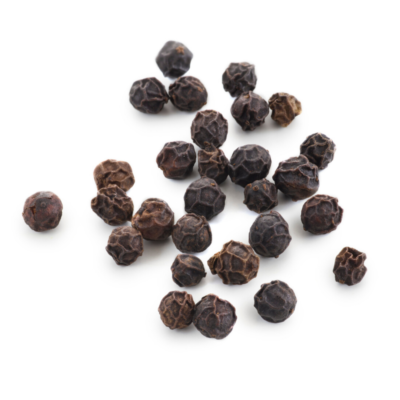
LINALOOL
If you have ever used lavender for its relaxant effects, then you’re familiar with the terpene Linalool. Linalool’s floral, rose and woody aroma makes it easily identifiable.
Linalool can help to balance out the anxious side effect sometimes produced by THC and this makes it an ideal terpene for the treatment of anxiety.
Linalool is usually present in the following strains found in Maryland:
- Sour Jack
- Yuck Mouth
- Grapefruitz
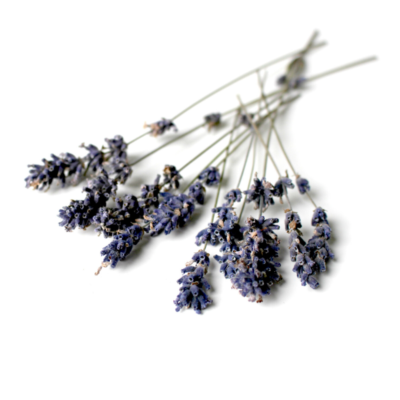
TERPINOLENE
Terpinolene may be the least common of the 6 most prevalent cannabis terpenes. It usually has a light floral scent, though it can be piney and citrusy as well, and is most often found in Sativa Dominant strains.
A few of the strains found in Maryland that typically contain higher concentrations of Terpinolene include:
- Cindy 99
- Jack Herer
- Lemon Grenades
- Durban Poison
- G-Wagon
- Mimosa
- Lemon Skunk
- Grapefruit Sour Dream
- Rosetta Stone
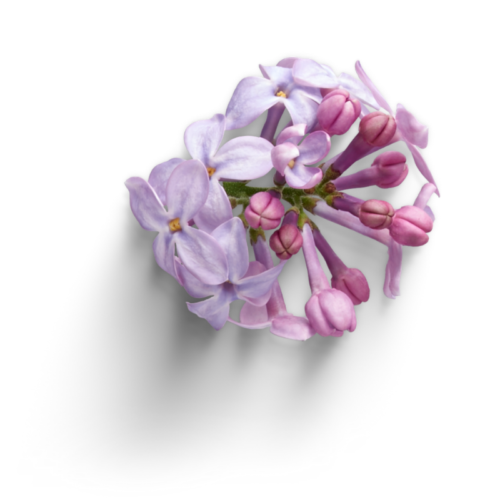
WHAT DO TERPENES DO FOR THE BODY?
- Myrcene: This terpene may demonstrate anti-inflammatory properties.
- Pinene: Bronchodilation, reducing inflammation, and relieving pain. It may also be an antiseptic.
- Limonene: Antifungal and antibacterial properties and relief from heartburn and gastric reflux. It may also increase absorption of cannabis and other chemicals through the skin, mucous membranes, and digestive track
- Caryophyllene: Relieving pain and inflammation
- Terpinolene: May have antifungal and antibacterial effects.
HOW DO TERPENES MAKE YOU FEEL?
Terpenes have just as wide a range of psychoactive effects as they do physical ones.
For example, plants with more than 0.5 percent Myrcene tend to have sedative, “couch-lock” type effects. As a result, they’re also particularly relaxing Other characteristics of Myrcene include its ability to produce a “headier,” more psychoactive high. Pinene, meanwhile, may increase focus. Limonene appears to relieve stress, along with Caryophyllene, and Linalool. Finally, Terpinolene may promote calm, focus, and improve energy.
HOW CAN I UNDERSTAND A STRAIN’S EFFECTS USING TERPENES?
In order to improve your medicating experience, it’s helpful to familiarize yourself with the various terpenes and try to decipher which ones work best for you. It’s suggested that patients pay close attention to the terpene profiles found on the label of every product sold in a Maryland dispensary. One technique patients may find useful is to journal or take notes when they medicate so that they can compare strains and compounds.
DO TERPENES GET YOU HIGH?
Not exactly. However, as previously noted, terpenes do possess their own psychoactive properties. For example, combining higher levels of Pinene or Limonene (typically more uplifting terpenes) together with higher concentrations of Myrcene and Caryophyllene (often more relaxing terpenes) can lend to a more balanced overall experience.
ARE TERPENES SAFE?
Since it’s functionally impossible to overdose on the terpenes found in cannabis, terpenes are extremely safe.
WHAT ARE TERPENES IN CBD?
While both CBD and terpenes develop naturally within cannabis flowers as they age, they’re not the same thing.
WHERE TO BUY TERPENES NEAR ME
If you would like to know more stop by Ritual and one of our Patient Care Advisors will gladly discuss with you how understanding Terpenes can potentially improve your experience!
Disclaimer: Much of the information in this article is not yet proven by clinical research. The level of terpenes needed to achieve the proposed effects has not been determined. Further research is required. Please consult with your medical physician before starting a medical cannabis program.

